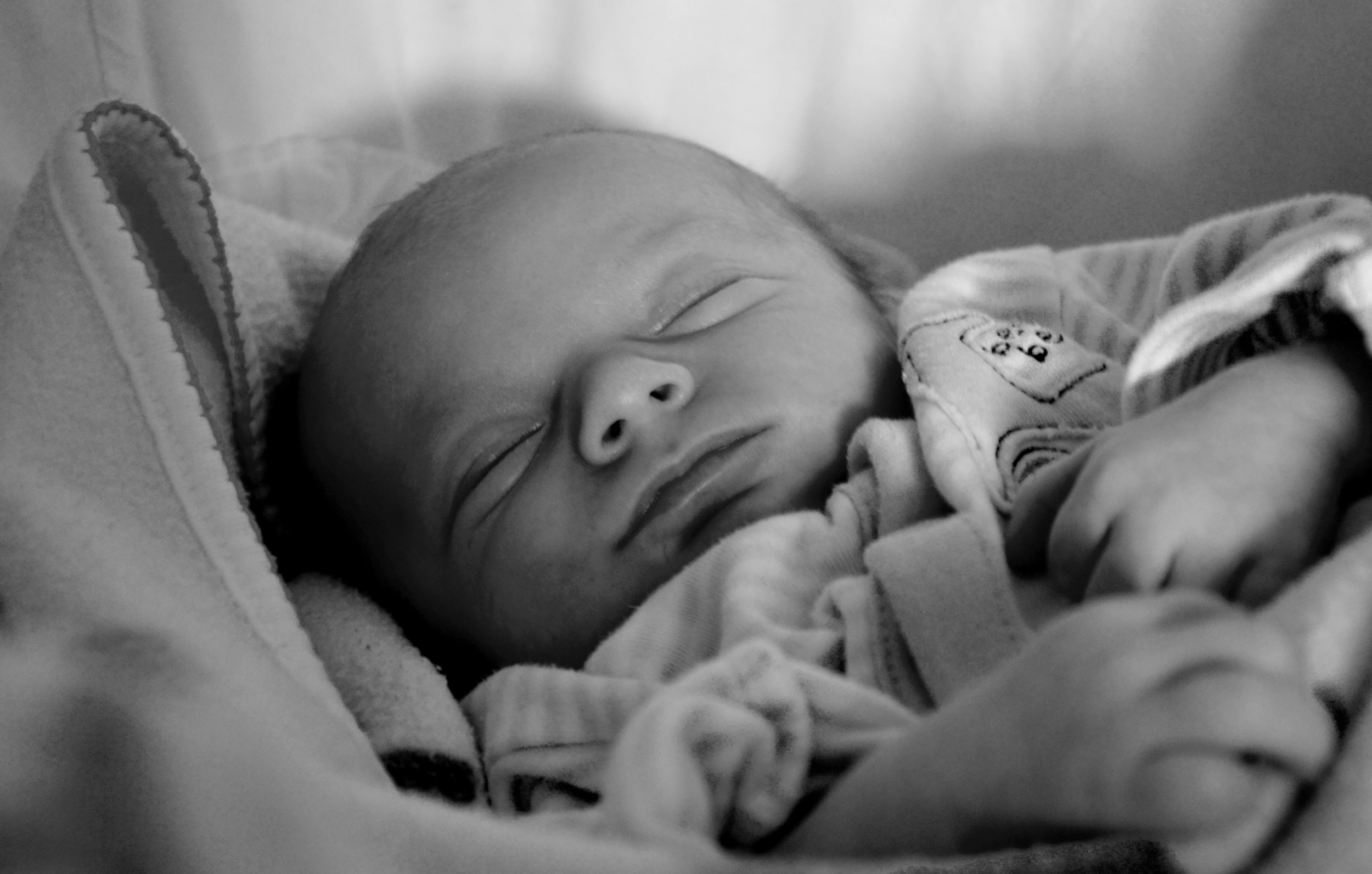Lexi Vernon, my nine-year-old daughter, is truly a force to be reckoned with. I'm not saying she's perfect. She is tough to coach. She experiences mental fatigue that sometimes makes her appear "spaced out.” Many times, she can’t hear you during softball practice due to distance or loud noises. She is headstrong and stubborn. However, Lexi is a raw, talented athlete and a fierce competitor. She's strong, tall, and determined. She is a talented basketball player and, more pertinent to her story, a fast pitch softball player.
The coolest part about Lexi's story is that she is 100% deaf. Lexi is a bilateral cochlear implant recipient. She had a surgery in both of her ears in which they implanted a cochlear implant into her cochlea which is located in her inner ear. That implant is also attached to her hearing nerve which sends signals to her brain. Lexi wears processors on the outside of her head (just over her ears) which are the microphones and small computers that send the sound (signals) into the implant. See how a cochlear implant works here.
During athletic games, Lexi needs a small device called a "mini-mic" which is an amplifier for the coach's voice. When she is wearing additional equipment, which can cover her microphones on her processors, or when distance is an issue; this mini-mic allows Lexi to hear her coach better. It’s still not perfect, but it really helps. Learn about a mini-mic device.
This weekend, I had to witness some awful behavior by parents of young athletes. I also had to witness umpires handling it all wrong.
Our team, the Tennessee Bash, of which I’m one of the coaches, was playing in a World Series in Tennessee. We were one of the “teams to beat.” Lexi is a pitcher on the team. During the final game to determine or placement in the Winner’s Bracket, not only did our opponent question Lexi’s assistive technology, but so did the umpires.
I have no problem if anyone asks about her equipment—and I usually disclose it. This tournament, however, only allowed one coach out at pregame, so I didn’t have an opportunity to do so.
The fans started yelling and acting foolishly, thinking I was feeding Lexi information into some mic when they noticed her device. To be honest, I don't even call the pitches. That coach does not wear the mini-mic. She takes the sign from her catcher like everyone else. Then our first base coach uses it when she's up to bat.
The umpire soon raised the questions to our first base coach. Their conversation went like this:
Umpire: “So, is she hearing impaired?”
Coach: “Yes. She is deaf. She was implanted with cochlear implants in both her ears and this mic helps her hear me with all the equipment.”
At that point, it should have been done. Finished. End of conversation.
But no. The umpire wasn’t satisfied. “Can’t she use signs?” she insisted.
Stop. Wait a minute. That is more offensive to us than anything. We fight every day to mainstream Lexi in a spoken language world. Lexi went through five years of intense speech therapy, a special “oral deaf rehab” school and speech tutoring at home three nights a week. She worked hard to be able to hear and speak.
The opposing fans went on about it. Then, an umpire not officiating the game, sitting under a tent, started questioning it. And we’re in the middle of the game! Our coach was trying to coach! Lexi wasn’t even up to bat; she was in the dugout!
Thankfully, Lexi couldn’t hear any of what was going on and Coach Charles took the mini-mic away from his mouth. How would Lexi have felt if she knew half of the people at that game were going on and on about how she shouldn’t be able to use equipment to help her hear?
So, after all the hullabaloo, I went out and spoke to the umpire directly. She seemed satisfied with my explanation. However, the fans didn’t let up. My co-coach handled it sublimely.
So here’s the truth. If our circumstances permit something that stretches our emotions or mind or will, we are supposed to use it. I’m going to use this situation as an example of how to be equipped for this in the future.
Let’s say someone was on the softball team with a prosthetic leg. Do you think anyone would ever be upset that they were playing with their leg on? No, because any human being would be touched by this person’s courage to participate in mainstream athletics!
Simply because you cannot see someone’s hearing loss or deafness doesn’t mean it isn’t something very real and very difficult to overcome. That’s Lexi—and hundreds of thousands just like her. They overcome deafness every single day due to amazing technology, but it isn’t human, natural hearing. They do, at times, require special needs.
Resources
Whatever you do, prepare yourself or your child for this possible scenario. Remind them that people can be ugly many times and to simply ignore it. Remind them that there are also incredible human beings in this world that fight for these laws to exist, so let’s focus on the fact that they can hear, use spoken language and play sports like every hearing person!
Jaime Vernon is the Founder and CEO of Songs for Sound, a nonprofit organization focused on hearing healthcare and inclusion opportunities for those with hearing loss. This story was republished with her permission. For more on her daughter Lexi Vernon’s cochlear implant story, visit Songs for Sound’s Mission & History page.













